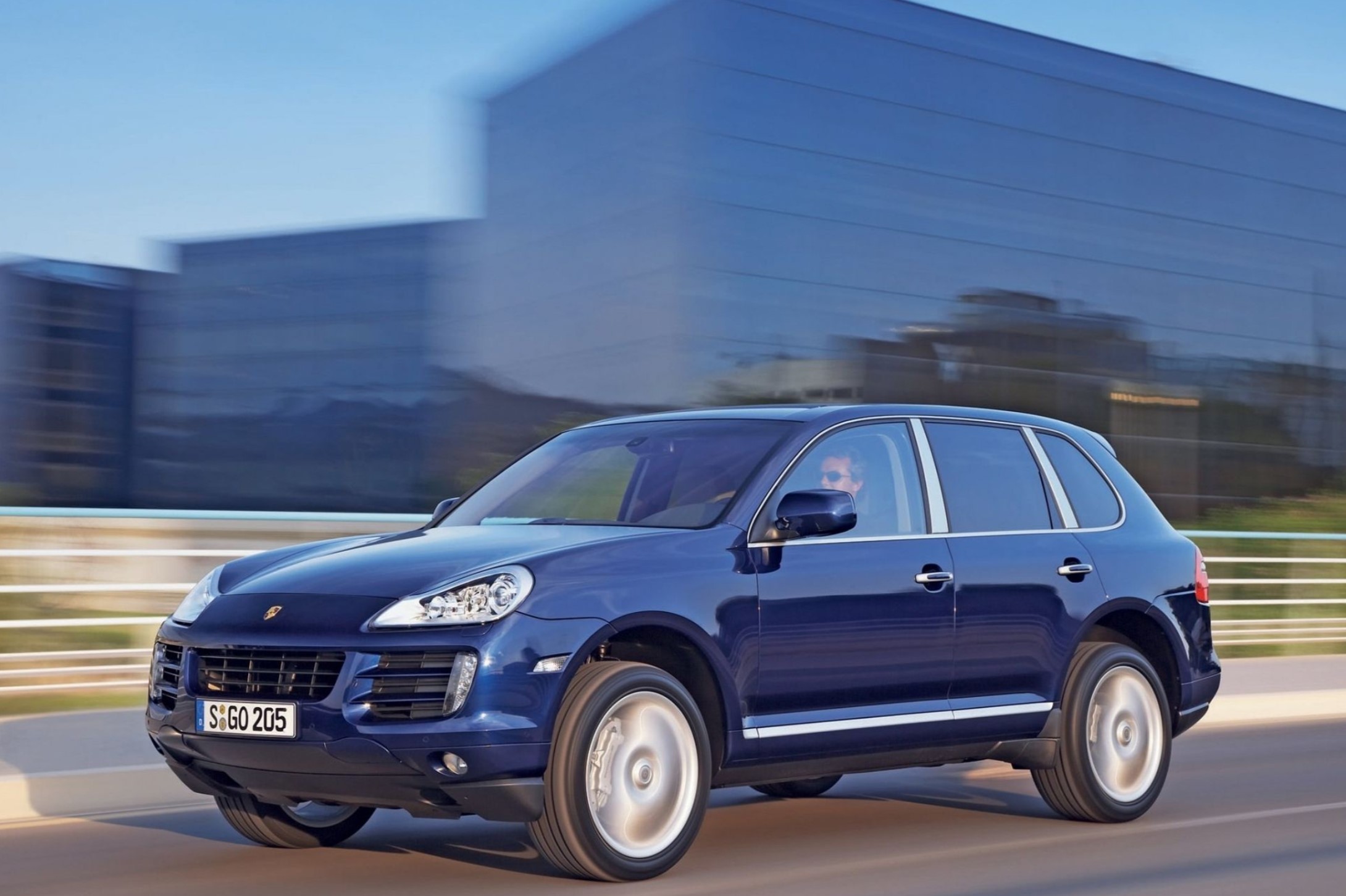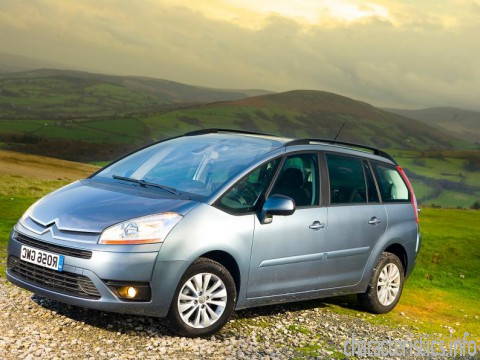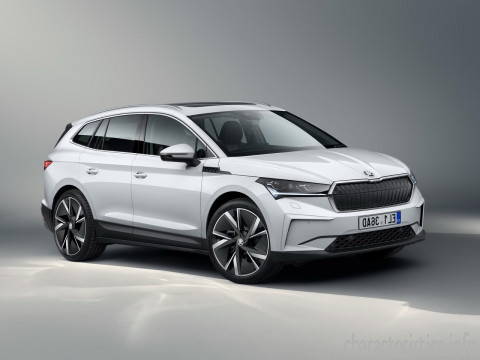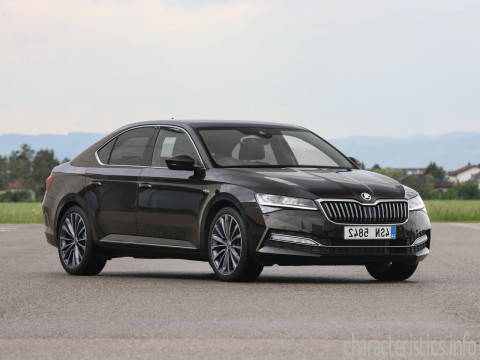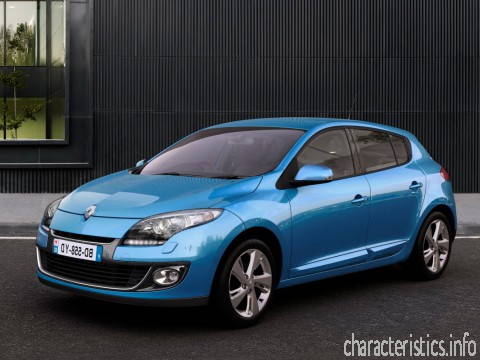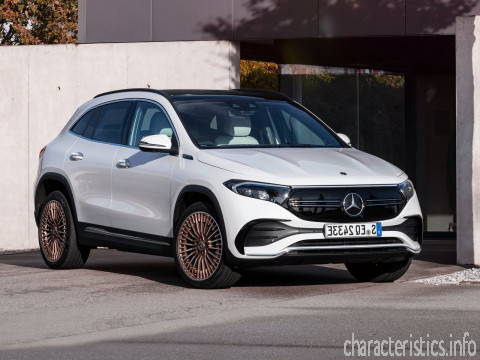
SUBARU Generation Forester IV (SJ) Restyling II 2.0d (147hp) 4x4 Technical сharacteristics
We have prepared some popular filters for you
Select the filter you are interested in, if you only want to see the selection for a specific car brand - first go to the brand page and then select the desired filter.






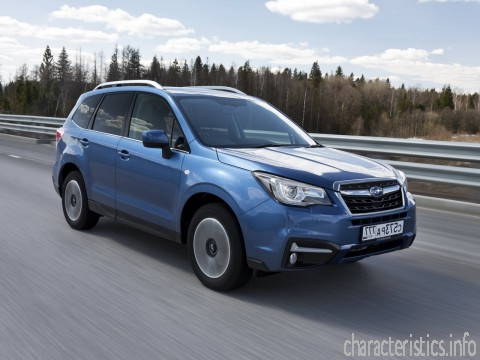
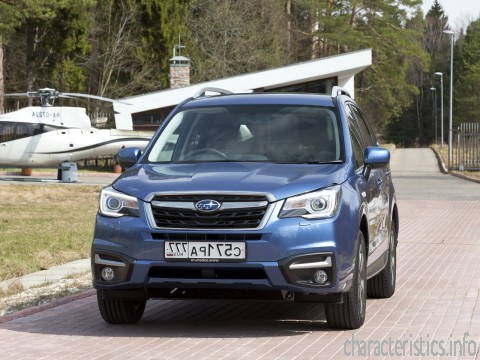
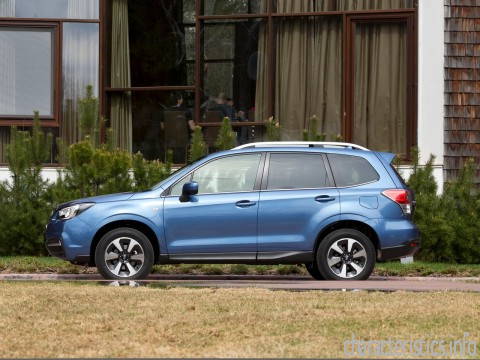

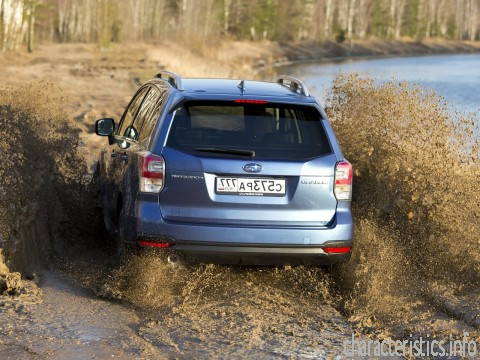
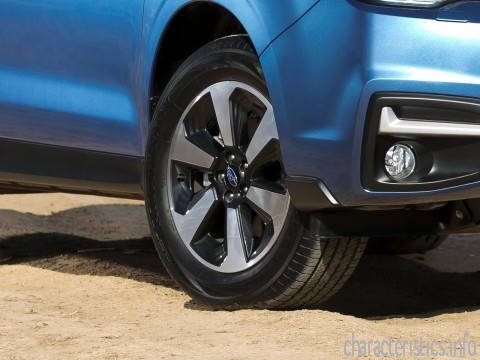
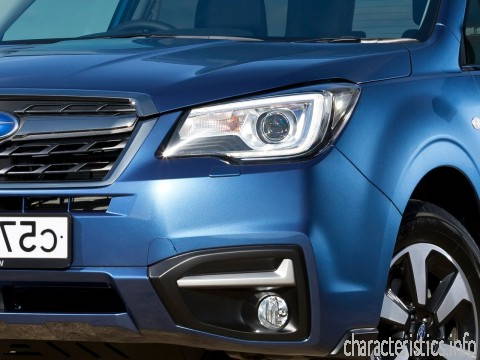
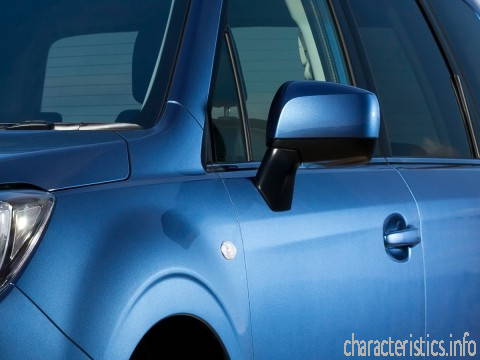
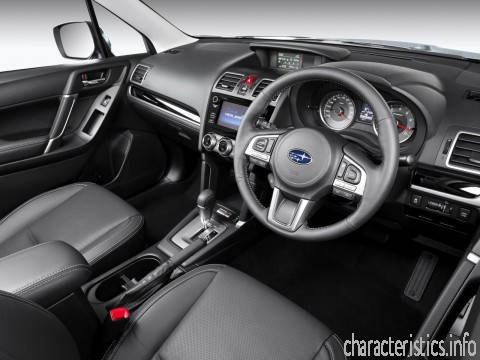









| Top Popular Characteristics | |
|---|---|
| Brand | Subaru |
| Generation | Forester IV (SJ) Restyling II (Combi) |
| Year of putting into production | 2016 year - 2019 year |
| Modification (Engine) | 2.0d (147hp) 4x4 (Diesel) |
| Turbine | Turbocharging (Supercharging) |
| Engine volume | 1998 cm3 |
| Max power in | 3600 rpm |
| Power | 147 HPW |
| Maximum speed | 190 km/h |
| Acceleration from standstill to 100 km/h | 9.9 sec |
| Front suspension | Independent, spring |
| Rear suspension | Independent, spring |
| Number of gears | variator |
| You can help us and other users to see the real fuel consumption, please vote and correct the consumption by clicking + and - | Highway | 4.9 Liters/100 km |
| City | 7.1 Liters/100 km
|
| Clearance | 220 MM |
| Weight | 1562 kg. |
| Detailed Performance | |
| Brand | Subaru |
| Model | Forester |
| Generation | Forester IV (SJ) Restyling II |
| Modification (Engine) | 2.0d (147hp) 4x4 |
| Doors | 5 |
| Power | 147 HPW |
| Maximum speed | 190 km/h |
| Acceleration from standstill to 100 km/h | 9.9 sec |
| Fuel tank volume | 60 Liters |
| Year of putting into production | 2016 year |
| Year of stopping production | 2019 year |
| Coupe type | Combi |
| Seats | 5 |
| Length | 4610 MM |
| Width | 1795 MM |
| Height | 1735 MM |
| Wheelbase | 2640 MM |
| Front track | 1545 MM |
| Rear track | 1555 |
| Clearance | 220 MM |
| City | 7.1 Liters/100 km |
| Highway | 4.9 Liters/100 km |
| Combined | 5.7 Liters/100 km |
| Weight | 1562 kg. |
| Max weight | 2080 kg. |
| Maximum volume of luggage | 1548 Liters |
| Minimum volume of luggage | 488 Liters |
| Clearance | EURO V |
| Engine | |
| Position of the engine | Front, lengthwise |
| Engine volume | 1998 cm3 |
| Max power in | 3600 rpm |
| Torque | 350/1600 Nm |
| Fuel system | Diesel |
| Turbine | Turbocharging (Supercharging) |
| Position of cylinders | Boxer |
| Number of cylinders | 4 |
| Diameter of cylinders | 86 MM |
| Stroke in the cylinder | 86 MM |
| Compression ratio | 15.2 |
| Number of valves per cylinder | 4 |
| Fuel type | Diesel |
| Brakes | |
| Wheel drive | Full time 4x4 |
| Steering type | Steering rack |
| Front brakes | Ventilated discs |
| Driving | |
| Tire size | 225/60/R17 |
| Number of gears (mechanical gearbox) | 6 |
| Transmission | |
| Front suspension | Independent, spring |
| Rear suspension | Independent, spring |
| Number of gears | variator |
Write a review:
Leave your mark in the world of cars! Your feedback can help other users make informed decisions and share their experiences.
Top 10 of the most popular cars according to our users
On our platform we collect statistics on which cars are looked at most often. We have collected for you the most interesting cars in this list according to our users.
You can choose one of the cars and see detailed specifications comparing them with other cars.




